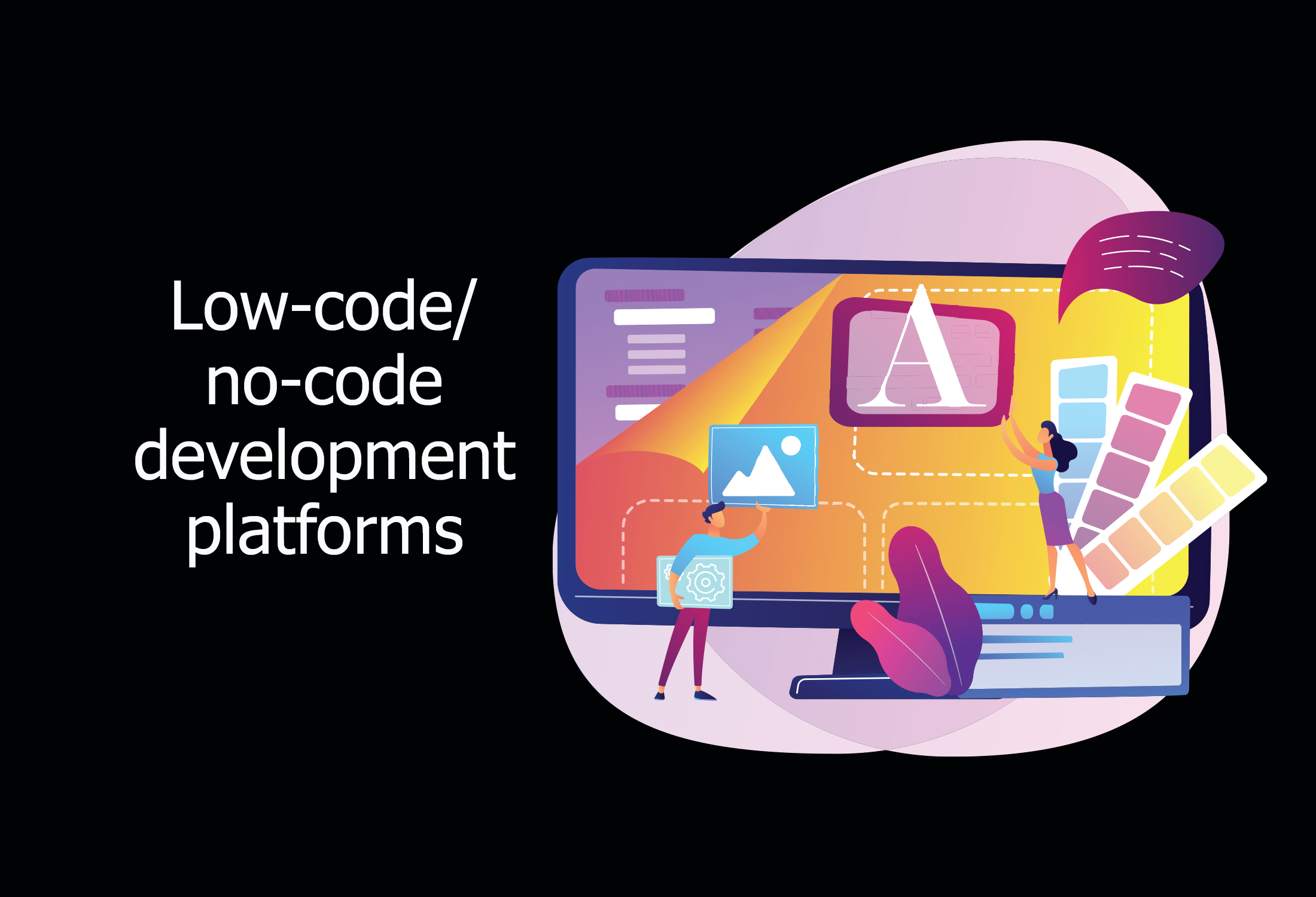Collaboration Made Easy: Enhancing Communication and Professional Development with Low-Code/No-Code Solutions
By Sameer Pise on Thu, Jun 15, 2023

Communication is key – especially when it comes to software development.
Effective communication and collaboration drive the success of development projects. Organizations with effective communication are 3.5x more likely to outperform their peers. However, development teams often face challenges bridging the communication gap between members and stakeholders, leading to misunderstandings, delays, and a lack of clarity that can impact project outcomes.
Additionally, staying abreast of the ever-evolving technological landscape poses a significant challenge for developers, requiring continuous learning and keeping pace with emerging trends. Employees now spend 35 hours more than last year on learning and development.
Fortunately, Low-Code/No-Code (LCNC) solutions have emerged as a game-changer, revolutionizing how developers communicate, collaborate, and enhance their professional development.
These platforms provide robust tools and features designed to streamline communication processes and collaboration and alleviate the burden of keeping up with every emerging technology.
This blog will explore how LCNC solutions have made collaboration and learning easier for development teams. We will delve into their benefits, such as shared visual interfaces, real-time collaboration capabilities, and integration with project management tools, enabling effective communication among team members, clients, and stakeholders.
LCNC Alleviates Communication Challenges
Effective communication is vital for successful development projects. Poor communication between team members, clients, or stakeholders can lead to misunderstandings, delays, and a lack of clarity, impacting the development process and overall project outcomes.
LCNC platforms often facilitate collaboration and communication between team members through shared visual interfaces. Developers can easily share their work, provide feedback, and collaborate in real-time within the platform. Additionally, LCNC platforms often integrate with project management tools, enabling seamless communication between developers, clients, and stakeholders.
LCNC Enhances Collaboration and Team Dynamics
Working in teams and collaborating can be a pain point for developers. Differences in working styles, conflicting opinions, and lack of coordination can hamper productivity and create friction within the team.
Low-code platforms support collaborative development by allowing multiple developers to work simultaneously on the same project. They provide versioning capabilities, conflict resolution tools, and centralized code repositories, facilitating smooth collaboration and minimizing conflicts. Visual interfaces also make it easier for team members with varying skill levels to understand and contribute to the development process.
LCNC Promotes Learning and Professional Development
The technology landscape evolves rapidly, and developers must continually update their skills and knowledge to stay current. Keeping up with new programming languages, frameworks, and best practices can be challenging and time-consuming.
LCNC platforms handle many underlying technological complexities, allowing developers to focus on application logic rather than keeping up with every emerging development. These platforms often incorporate the latest technology trends and automatically update underlying frameworks, libraries, and dependencies. Developers can leverage these advancements without deep technical expertise in each specific technology.
Conclusion
As we move forward in the digital age, where effective communication, collaboration, and continuous learning are paramount, LCNC solutions will play a pivotal role in shaping the development landscape. These platforms have transformed how teams interact by streamlining communication processes and promoting real-time collaboration. Further, they alleviate the burden of keeping up with rapid technological advancements by automating updates to underlying frameworks and dependencies. Their ability to foster efficiency, innovation, and adaptability makes LCNC indispensable developer tools.
You May Also Like
These Related Stories

How Low-Code/No-Code Platforms Can Eliminate Paper-Based Processes for Non-Profits

Understanding Low-Code/No-Code Platforms



No Comments Yet
Let us know what you think